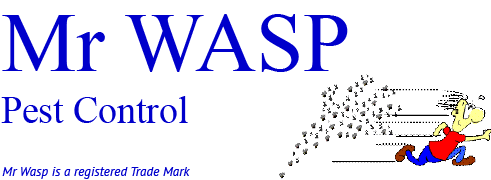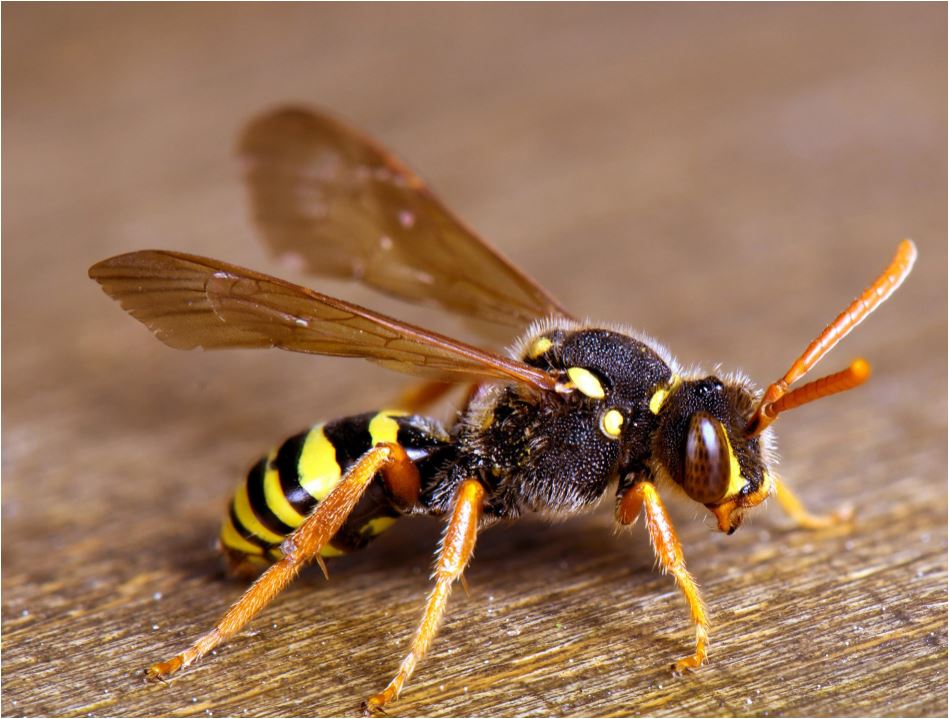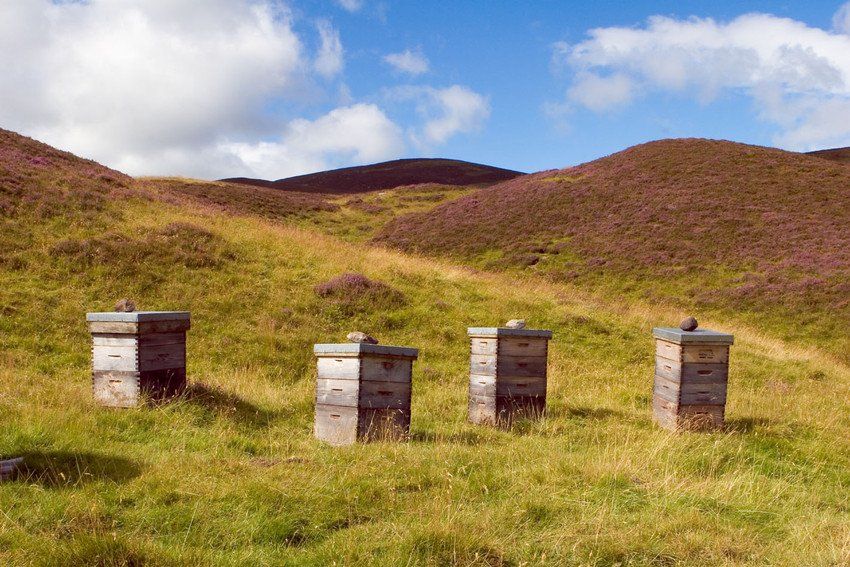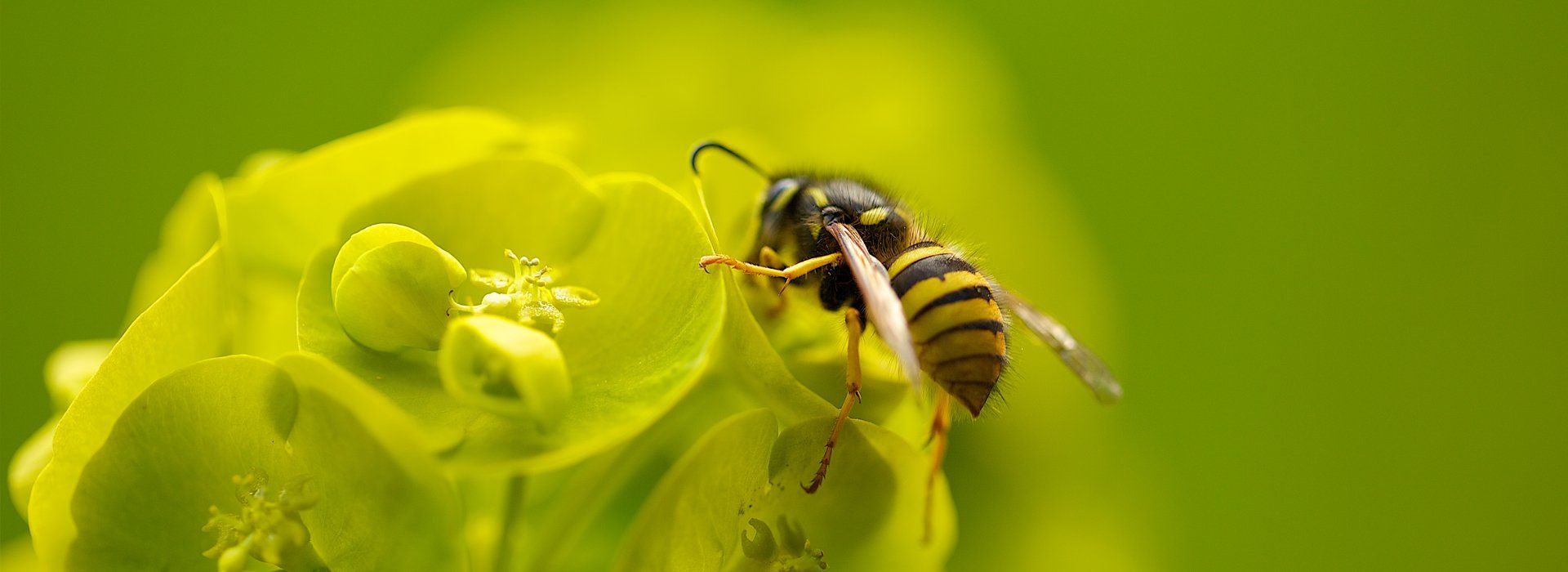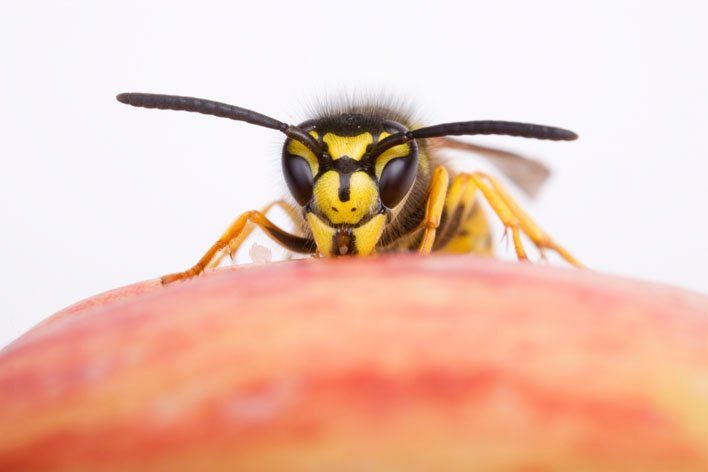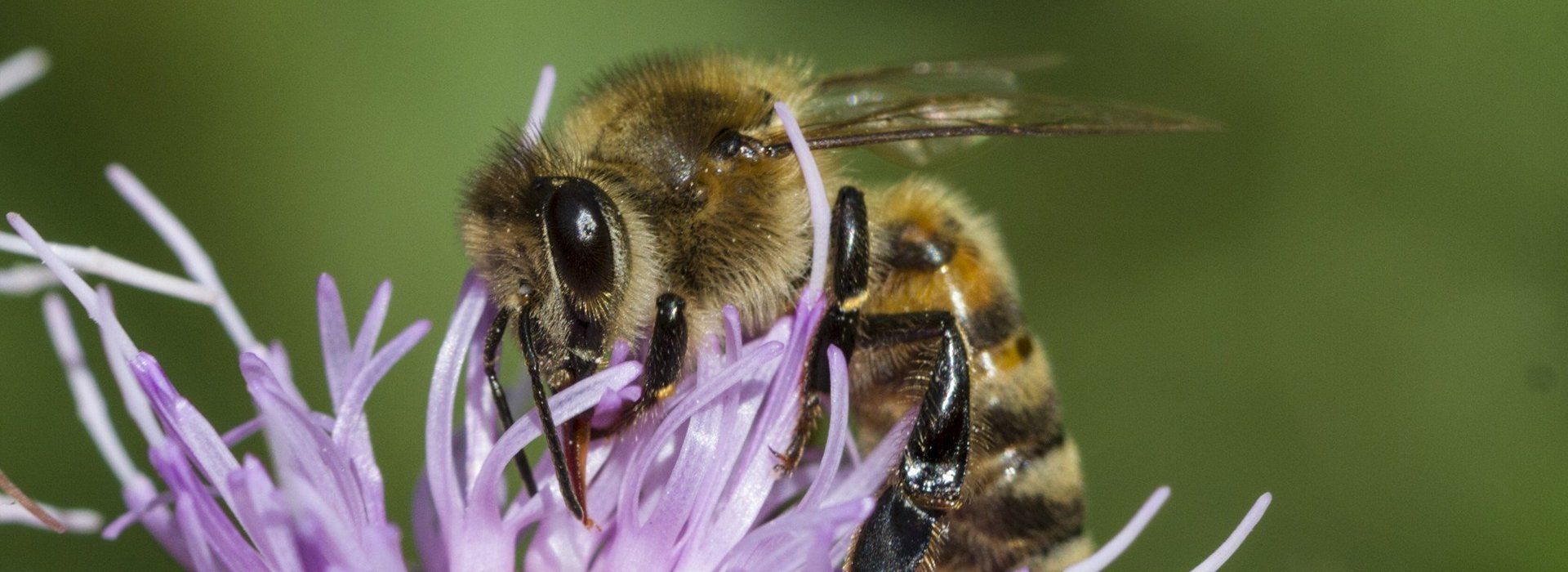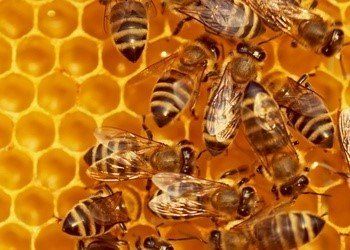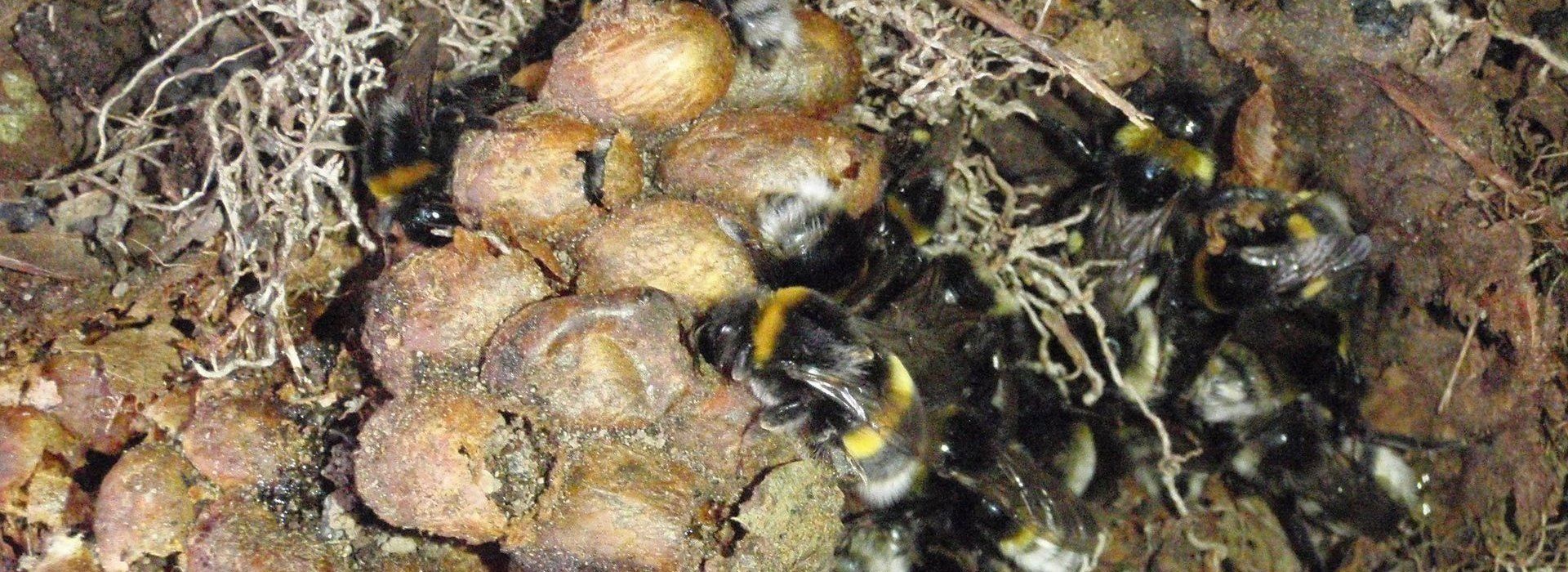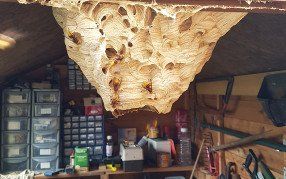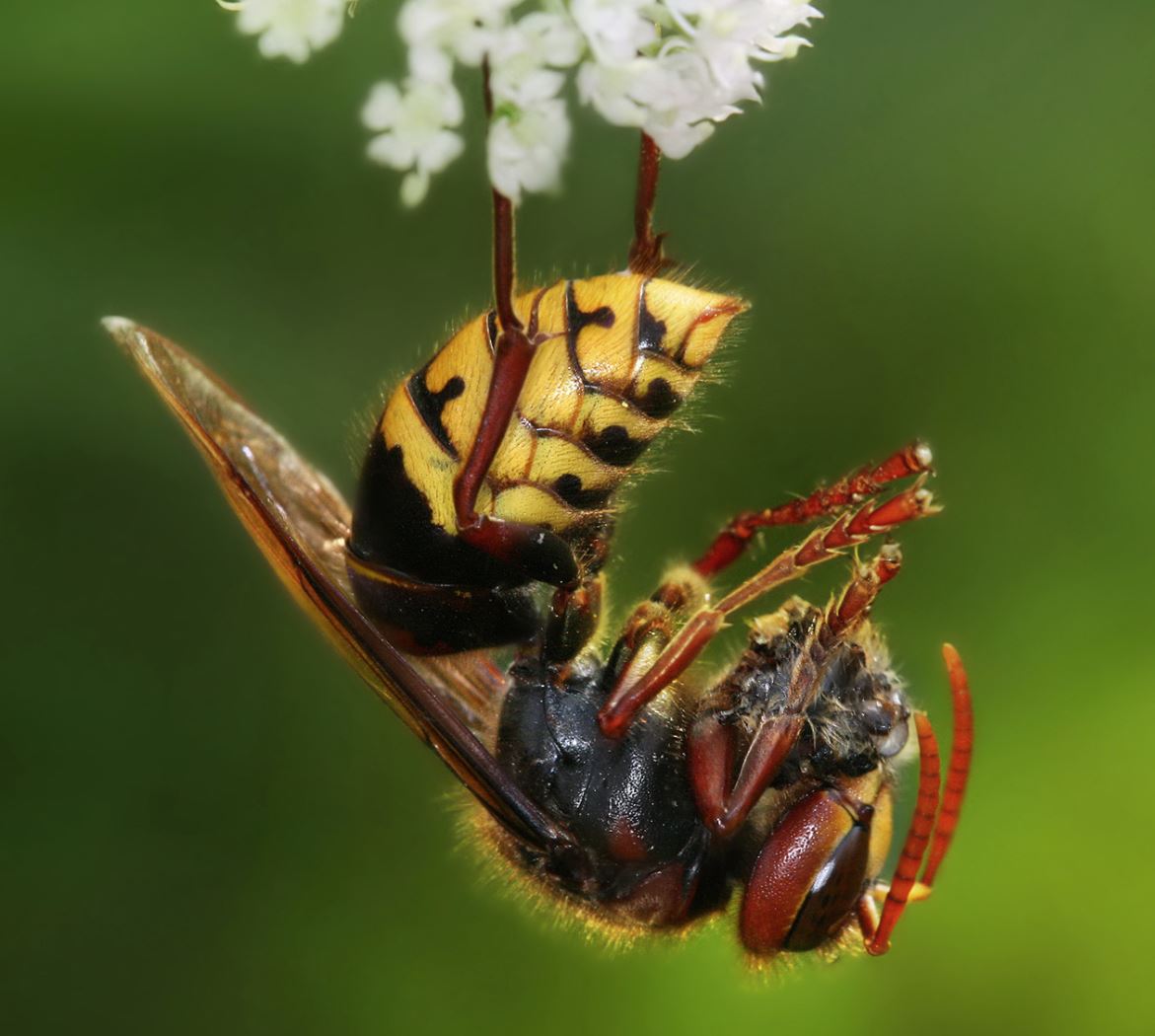Can Wasps Survive the Winter Months?
Winter months are colder, which means most insects either hibernate or die off and most people assume that paper wasps do the same. You can usually safely remove a paper wasp nest in the colder months without worrying about stings. But where do the wasps go?
For the most part, the worker wasps tend to die off. This is a good thing if you don’t want them in your home. Unfortunately, the wasps do have a way to ensure that future generations survive.
Females Seeking Homes
The few female wasps who will become queens in the coming year must survive the cold. They do this by looking for safe places to spend the winter. In early fall, as the days begin to get colder, these future queens start to look for the perfect spot while their male counterparts die out.
These females tend to head to areas such as inside your home, so it’s quite possible you’ll see some of them in the dead of winter. Their favourite places to hide out include:
- In between floor joists
- In the mortar of chimneys
- At the top of window frames
- At the top of door frames
- Under piles of firewood or logs
- Under siding
- Under roofing shingles
Since these wasps are so small, they can fit through tiny holes and get into your home where they will stay dormant for the winter in most cases. However, they do become active in early spring or when there’s a bout of warm weather. This is when you’ll find them buzzing around your house.
What To Do If You Spot a Wasp
If there’s a wasp in your home in the winter or early spring, rest assured that it will be quite dulled and can be easily removed. However, for situations where there are multiple wasps, you will want a pest control company to handle the matter. They can remove the wasps safely.
It’s also important to leave the house immediately if you are allergic to wasp stings and have a pest control company come in to deal with the wasps.
Preventing Wasp Invasions
Ideally, you’ll want to stop wasps from ever getting into your home in the first place. This means you should block up any areas where they can make it through to the interior of the home. Wasps tend to get in through specific areas, including the eaves, soffits, and window frames. Check these areas to ensure there are no holes there and seal them up if you do find them.
Once you’ve protected your home as best you can, you shouldn’t have to worry about wasps getting inside in the fall. However, should it happen, you can call
Mr. Wasp to help you get rid of them safely.
